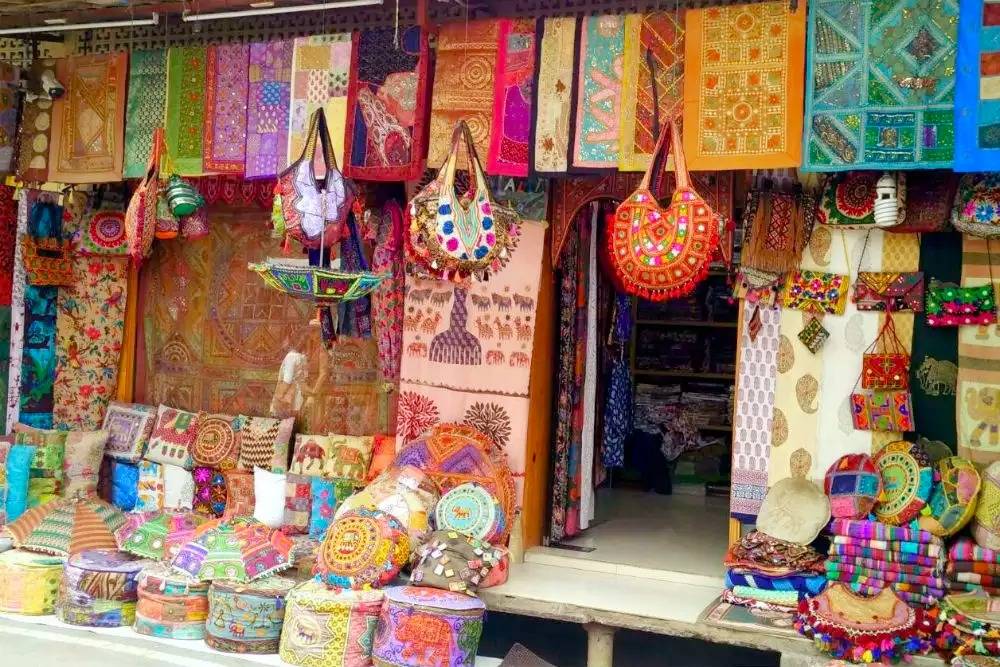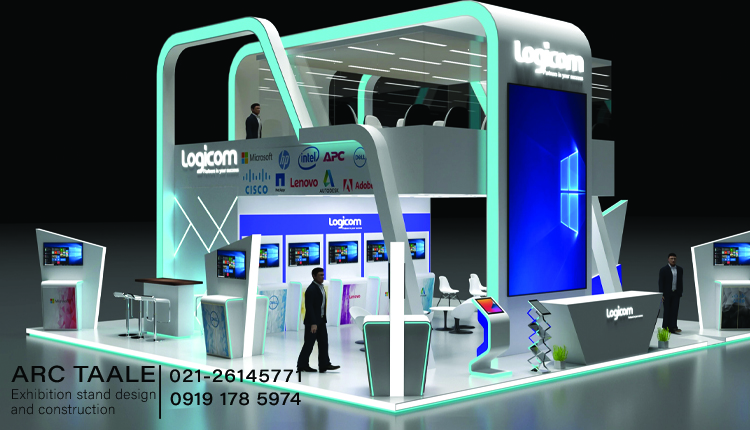Holding a local exhibition provides a valuable opportunity for businesses to engage with their immediate community and establish a strong local presence. Local exhibitions are typically hosted in a specific town, city, or region, attracting local residents, businesses, and potential customers.
How to Plan a Local Exhibition
Planning a local exhibition demands careful organization, attention to detail, and strategic thinking to create an event that resonates with the local community and achieves its objectives. Here’s a comprehensive guide on how to plan a successful local exhibition
Choose an Appropriate Venue
Select a venue that aligns with the exhibition’s theme and accommodates the expected number of exhibitors and attendees comfortably. Consider factors such as accessibility, parking, amenities, and the overall ambiance of the location.
Secure Necessary Permits and Licenses
Research and obtain the required permits and licenses for hosting the exhibition. This includes permits for event setup, food vendors, entertainment, and any other activities planned during the exhibition.
Define Budget and Funding Sources
Create a detailed budget outlining expenses for venue rental, marketing, signage, permits, security, and other necessities. Explore funding sources such as local sponsors, exhibitor fees, ticket sales, and community partnerships.
Attract Local Exhibitor
Reach out to local businesses, artisans, artists, and community groups to participate as exhibitors. Offer attractive packages, benefits, and promotional opportunities to encourage their involvement. A diverse range of exhibitors adds richness to the exhibition.
Develop a Marketing
Utilize local media channels, social media platforms, community newsletters, and flyers to promote the exhibition. Engage with local influencers and community leaders to spread the word. Highlight unique aspects of the exhibition to create excitement.
Plan Engaging Activities
Organize interactive activities, workshops, demonstrations, and entertainment performances that appeal to the local audience. Engaging activities enhance the overall experience, encouraging attendees to stay longer and participate actively.
Design a Layout and Signage
Plan the layout of the exhibition, ensuring exhibitor booths are strategically placed for maximum visibility and foot traffic. Design clear and informative signage, guiding attendees to different sections, restrooms, food stalls, and emergency exits.
Coordinate Logistics and Setup
Coordinate logistics such as event setup, exhibitor booth allocations, security, and technical support. Ensure exhibitors have access to necessary facilities and utilities. Conduct a walkthrough to confirm that all arrangements are in place before the exhibition opens.
Facilitate Community Engagement
Encourage community engagement through interactive sessions, discussions, and feedback forums. Gather input from attendees to understand their preferences and improve future events. Foster a sense of community and belonging among participants.
By following these steps, you can plan and execute a vibrant and memorable local exhibition that not only benefits the community but also establishes a positive reputation for future events. Successful local exhibitions strengthen community bonds, support local businesses, and create a sense of pride among residents.
Suggested article: Holding exhibitions in Spain
Benefits of Holding Local Exhibitions
Local exhibitions, often celebrated as community-centric events, offer a multitude of benefits that extend far beyond mere business transactions. These events, tailored to the interests and needs of the local populace, serve as powerful catalysts for community growth, engagement, and prosperity. Here’s a detailed exploration of the key benefits of holding local exhibitions
Promoting Local Businesses
Local exhibitions provide a platform for homegrown businesses to showcase their products and services. By bringing these enterprises to the forefront, the event stimulates economic activity within the community, supporting local entrepreneurs and fostering economic growth.
Community Engagement and Connection
Local exhibitions create a sense of community by bringing neighbors, businesses, and organizations together. Attendees can connect with local artisans, artists, and service providers, fostering a sense of belonging and strengthening community bonds.
Boosting Tourism and Local Economy
Well-publicized local exhibitions attract visitors from neighboring areas, boosting tourism. Visitors spend money on local accommodation, dining, and shopping, infusing money into the local economy and supporting various sectors.
Showcasing Local Talent and Creativity
Local artists, craftsmen, performers, and innovators often find a platform at local exhibitions to showcase their talents. This exposure not only provides recognition but can also lead to new opportunities and collaborations, nurturing a vibrant local arts and culture scene.
Educational and Learning Opportunities
Local exhibitions often feature workshops, demonstrations, and interactive sessions. These educational opportunities allow attendees to learn new skills, gain insights, and expand their knowledge base, enhancing the intellectual capital of the community.
Supporting Community Causes and Nonprofits
Local exhibitions can serve as fundraising events for community causes and nonprofit organizations. By partnering with charities, these events raise awareness and funds for important local initiatives, contributing to the overall welfare of the community.
In summary, holding local exhibitions is not merely an event; it is a celebration of community spirit and shared identity. These events serve as engines of community growth, fostering economic vitality, encouraging creativity, and enhancing the quality of life for residents. By bringing people together and supporting local initiatives, local exhibitions play a vital role in shaping vibrant, resilient, and connected communities.
Essential Equipment for Hosting a Local Exhibition
Hosting a local exhibition involves meticulous planning and ensuring you have the right equipment in place. These essential tools not only streamline the event logistics but also enhance the overall experience for exhibitors and attendees. Here’s a comprehensive guide to the fundamental equipment necessary for hosting a successful local exhibition
Display Booths and Stands
Provide sturdy and visually appealing display booths for exhibitors to showcase their products or services. These booths serve as the focal point for exhibitors, allowing them to engage with attendees effectively.
Signage and Banners
Clear and attractive signage is essential for guiding attendees to various sections of the exhibition. Banners with event branding and exhibitor names enhance visibility and help attendees locate specific booths easily.
Tables and Chairs
Provide tables and chairs for exhibitors to conduct business meetings, demonstrations, or product displays. Additionally, seating areas for attendees enhance their comfort and encourage longer stays at the exhibition.
Lighting and Electrical Equipment
Proper lighting is crucial to highlight exhibitor displays. Arrange for adequate lighting fixtures, including spotlights and overhead lights. Ensure sufficient electrical outlets and extension cords for exhibitors requiring power sources.
Audio-Visual Equipment
Audio-visual equipment, such as microphones, speakers, projectors, and screens, facilitate presentations, workshops, and demonstrations. High-quality audio-visual setups enhance the overall engagement and educational value of the exhibition.
Registration and Ticketing Systems
Implement a streamlined registration and ticketing system, which can include electronic ticketing solutions, badge printing equipment, and registration counters. This ensures efficient check-in for attendees and accurate data collection.
Security Measures
Arrange for security personnel and equipment like CCTV cameras to ensure the safety of exhibitors, attendees, and the exhibits. Proper crowd control measures, especially during peak hours, are crucial for a smooth and secure event.
Waste Management
Have waste bins, recycling stations, and cleaning supplies readily available. Regular cleaning and waste disposal services maintain a clean and hygienic environment, enhancing the overall experience for everyone at the exhibition.
Wi-Fi and Internet Connectivity
Provide reliable Wi-Fi and internet connectivity for exhibitors and attendees. A stable internet connection allows exhibitors to process transactions, showcase online content, and engage with attendees through social media platforms.
By ensuring these essential equipment and resources are in place, event organizers can create a conducive and professional environment for exhibitors and attendees alike. A well-equipped local exhibition enhances exhibitor visibility, attendee satisfaction, and the overall success of the event, leaving a lasting positive impression on the community.


